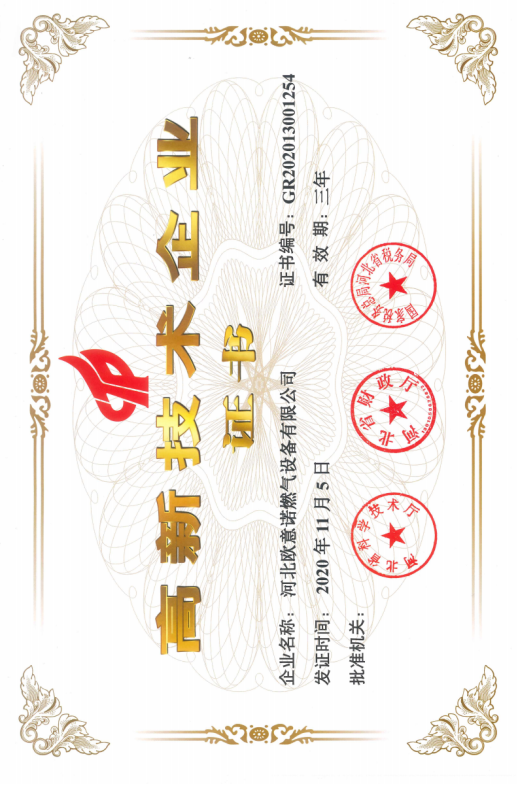
Dec . 10, 2024 03:48
Back to list
Understanding the Function and Importance of Relief Valves in Pressure Systems
Understanding Relief Valves A Critical Component in Pressure Management
Relief valves are critical safety devices used in various industrial applications to prevent pressure buildup in vessels and systems. They play a vital role in maintaining operational integrity and ensuring the safety of both equipment and personnel. This article aims to provide a comprehensive overview of what relief valves are, how they function, and their significance in different industries.
What is a Relief Valve?
A relief valve is a type of pressure relief device that automatically opens at a preset pressure to allow fluid to escape, thereby reducing pressure within a system. These valves are designed to protect equipment from excessive pressure that could potentially lead to catastrophic failures or explosions. Relief valves are commonly used in steam systems, chemical processing plants, oil and gas facilities, and many other industries where pressurized systems are prevalent.
How Do Relief Valves Work?
Relief valves operate based on the principle of pressure differential. Each valve is typically equipped with a spring that holds the valve seat closed under normal operating conditions. When the pressure in the system exceeds the predetermined set point, the force exerted on the valve exceeds the spring tension, causing the valve to lift off its seat. This action allows fluid to escape—be it gas or liquid—thus reducing the pressure in the system.
Once the pressure decreases to an acceptable level, the valve returns to its closed position, halting the flow. This automatic operation ensures that the system remains within safe pressure limits without the need for human intervention.
Types of Relief Valves
There are various types of relief valves tailored to specific applications and fluids. The most common types include
relief valves

1. Spring-Loaded Relief Valves These are the most standard relief valves, using a spring mechanism to control the opening of the valve based on pressure levels.
2. Pilot-Operated Relief Valves These valves use system pressure to assist in opening and closing, providing more precise control for high-pressure applications.
3. Deadweight Pressure Relief Valves These rely on a mass or weight to hold the valve closed, which opens when the system pressure exceeds the weight's capability to hold it shut.
Each type of valve is designed to suit different operational environments and fluid characteristics, ensuring optimal safety and efficiency.
Importance of Regular Maintenance
Despite their robust design, relief valves require regular maintenance and testing to ensure they function correctly. Over time, factors such as corrosion, sediment buildup, and mechanical wear can impair their performance. Regular inspections help identify potential issues before they lead to system failures. Additionally, recalibrating the pressure settings is vital, especially in dynamic operational environments where system parameters may change.
Conclusion
Relief valves are indispensable in the safe operation of pressurized systems across various industries. They provide essential protection against potentially dangerous pressure buildups, thus safeguarding both equipment and personnel. Understanding their function, types, and the importance of maintenance can help companies mitigate risks and ensure smooth operation. As industries continue to evolve, the designs and technologies associated with relief valves will likely advance, enhancing their efficiency and reliability in managing pressure safely.
Latest news
-
Safety Valve Spring-Loaded Design Overpressure ProtectionNewsJul.25,2025
-
Precision Voltage Regulator AC5 Accuracy Grade PerformanceNewsJul.25,2025
-
Natural Gas Pressure Regulating Skid Industrial Pipeline ApplicationsNewsJul.25,2025
-
Natural Gas Filter Stainless Steel Mesh Element DesignNewsJul.25,2025
-
Gas Pressure Regulator Valve Direct-Acting Spring-Loaded DesignNewsJul.25,2025
-
Decompression Equipment Multi-Stage Heat Exchange System DesignNewsJul.25,2025

